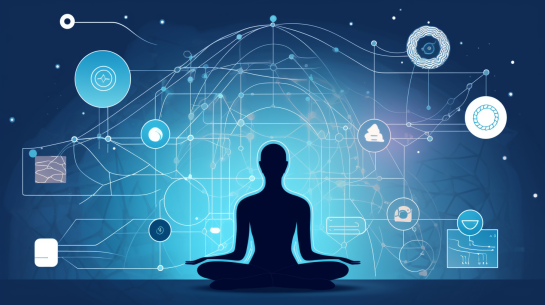A Poem on Shiny Things
In a world of AI, numbers, and machines,
Where computers hum with artificial dreams,
Does steel and code and pixel ever glean,
The human touch, the heart behind the screens?
Why look to tools to mend our deepest cracks,
When cogs and gears know not of empathy?
It’s we who breathe, who feel, who love, who act,
In our own souls lie the solution’s key.
With every byte, each bit and silicon chip,
We’ve woven webs of knowledge, power, might,
But at the core, beneath each fingertip,
It is the human heart that holds the light.
For tech can answer what, when, where, and how,
But in the why, AI does falter, bow.
Though technology holds a stellar charm,
It cannot comfort, cannot hold a hand.
No software feels, no hardware can disarm,
The pain a human heart must understand.
The Chatbots dance with lightning speed and grace,
Yet, they lack the tender rhythm of our pulse.
People, not tech, could steer our pace,
For human warmth no AI can ever convulse.
In wisdom’s quest, let’s not become enslaved,
To cold precision, to sterile, soulless power.
Remember it’s through people lives are saved,
In every minute, every precious hour.
Technology, a tool, a servant be,
While human spirit, the master, ever free.


